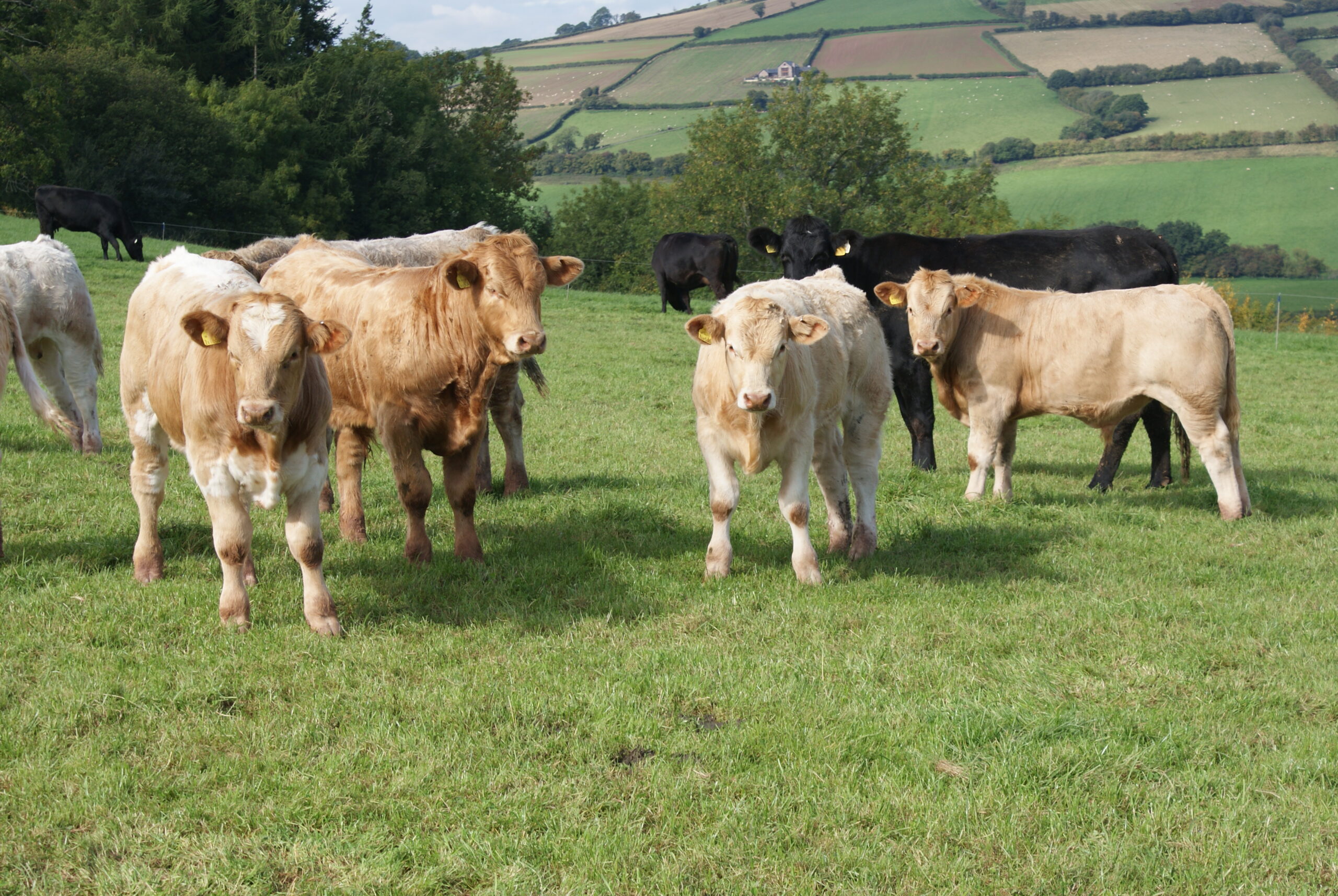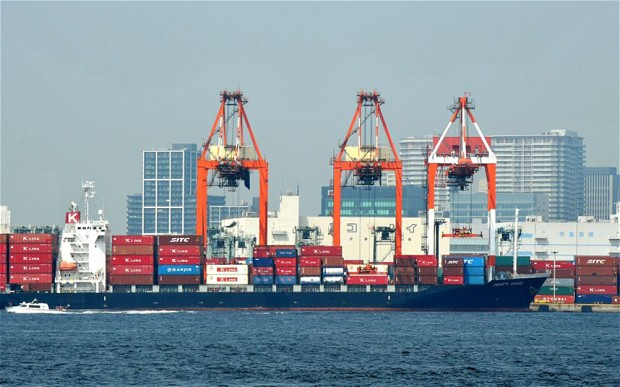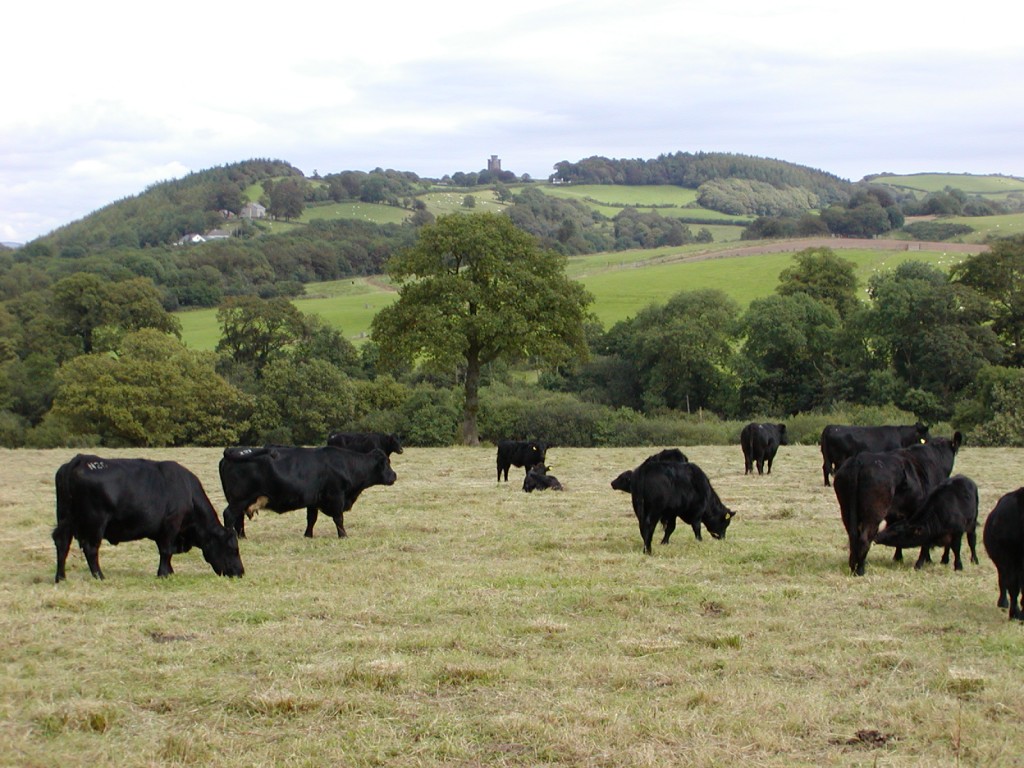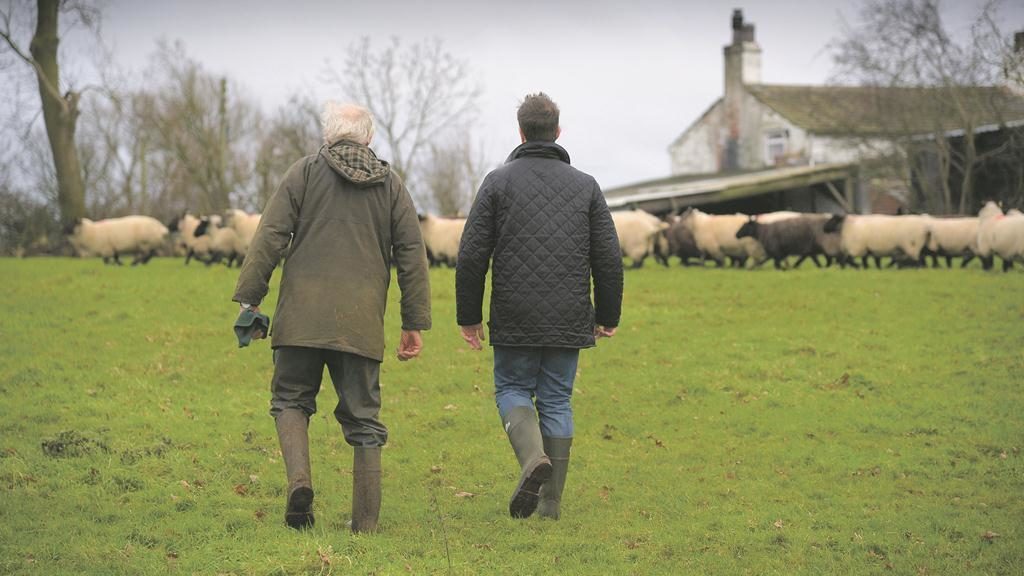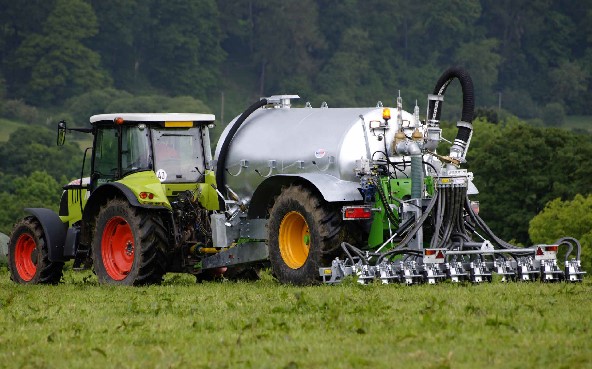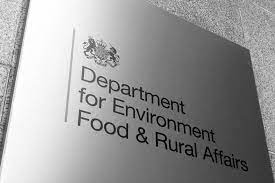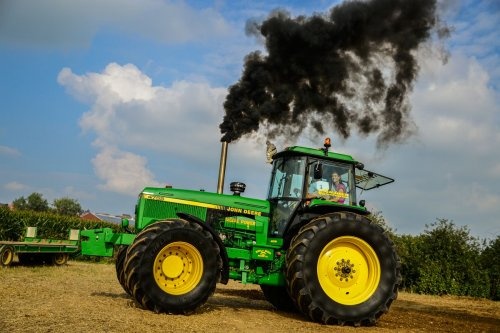Although summer is often quieter on the trade front, there have been a couple of developments in recent weeks which merit mention. These relate to the UK-Australia Free Trade Agreement (FTA), and the announcement of the EU trade deal with New Zealand (NZ), which will be of interest to many in the UK agri-food sector.
UK-Australia FTA
The UK Government has failed to offer MPs the opportunity to debate the UK-Australia FTA within 20th July deadline as required by the framework set-out under the Constitutional Reform and Governance Act 2010. This means that the FTA can be ratified by the Government without the parliamentary scrutiny that it had promised to the farming industry on several occasions. Many in the UK farming industry see this as a betrayal and are concerned that it will create a precedent for future trade deals that the UK negotiates.
Separately, the House of Commons Library published its assessment of the UK-Australia FTA on 15th July. It noted that whilst the overall impact of the FTA is limited (adding 0.08% to UK GDP (£2.3 billion per year) in 2035), it does note that the effects on agriculture will be more sizeable. It references the UK Government’s own assessment from earlier in the year which projects that long-term agricultural output would decline by £94 million whilst semi-processed food output would also decline by £225 million as a result of the deal. The impacts would be strongest in the beef and sheep sectors.
The report has also highlighted concerns around environmental, animal welfare and food safety standards. The report has noted the importance of distinguishing between two aspects of standards:
- Product standards which must meet before they can be imported into the UK
- Wider questions of differences in animal welfare and environmental practices permitted in Australia and the UK.
On the former, it highlighted the Government’s conclusion that the FTA did not require changes to the UK’s import rules or statutory protections concerning human, animal or plant life or health, animal welfare or the environment. Regarding the latter, it highlighted concerns around Australian products being produced to lower animal welfare and environmental standards than what UK producers (farmers) must adhere to. It also noted that the Government has refused calls for Australian access to the UK to be contingent on adhering to “core standards” as advocated by the National Food Strategy.
Whilst it is unsurprising that the Government has taken this approach, it will add to concerns in British farming that its competitive position will be undermined as future FTAs are negotiated and agreed.
The House of Commons Library report is available via: https://researchbriefings.files.parliament.uk/documents/CBP-9484/CBP-9484.pdf
EU-NZ FTA Announcement
On 30th June, it was announced that the EU and New Zealand concluded negotiations for a trade agreement. In announcing the deal, the EU Commission projected that bilateral trade could grow by up to 30% and also emphasised what it claims were unprecedented sustainability commitments to align with the Paris Climate Agreement. From an agri-food perspective, the Commission also highlighted that key EU sensitivities around agri-food products were also safeguarded. Key provisions of the announced trade deal include;
- EU agri-food exports to NZ: all tariffs would be removed from entry into force. This is unsurprising as most tariff lines for agri-food imports into NZ are already at 0% or at very low levels. Given the geographic distances involved, the benefits of this are likely to be limited to high-end niche food products, including chocolate, confectionary, ice-cream and wine.
- EU beef imports from NZ: the EU will permit a tariff rate quota (TRQ) of 10,000 tonnes (t) with a reduced duty of 7.5%. This will be phased in over 7 years and will have to adhere to EU standards. This level of access is substantially lower than what the UK has permitted (12,000 t in Year 1, rising to unlimited access from Year 16).
- EU sheepmeat imports: an additional TRQ of 38,000 t will be permitted to be imported duty-free, again phased in after 7 years upon entry into force. As the old WTO TRQ was split evenly between the EU27 and UK as a result of Brexit (i.e. 114,000 t each), it is more likely that this new TRQ will be activated, given the EU’s market size and population (circa 450 million). But again, the level of access is lower than that ceded by the UK to NZ (35,000 t in Year 1 rising to unlimited access from Year 16).
- EU dairy imports: the following provisions apply;
- Milk powder: a new 15,000 t TRQ with a 20% duty will be phased in over 7 years.
- Butter: NZ has currently access to the TRQ of 47,177 t allocated under the EU’s WTO schedule with the in-quota tariff of 38% of the MFN duty. Under the FTA, 21,000 t of this TRQ will have the tariff gradually reduced to 5%. The EU will also provide a new 15,000 t TRQ with the same gradually reduced tariff duty (i.e. from 38% to 5%).
- Cheese: the EU will allow 25,000 t to be imported duty-free via a new TRQ. This will again be phased in over 7 years. In addition, for 6,031 t of cheese TRQ that NZ currently has under the EU’s WTO schedule, the tariffs will gradually be reduced from €176/t to zero.
- High-protein whey: a new TRQ of 3,500 t with zero duty to be phased in over 7 years.
As with beef and sheepmeat, the concessions offered by the EU are generally less than what the UK has offered (more generous TRQs for butter and cheese with full liberalisation after 5 years).
More information on the EU-NZ FTA is available via: https://ec.europa.eu/commission/presscorner/detail/en/IP_22_4158
Overall, it is evident that despite agreeing this FTA, the EU will continue to offer a higher level of protection to its farmers than the UK has done with its FTA with New Zealand. That said, it must be emphasised that, like Australia, NZ continues to be heavily focused on the Asian markets, where it is getting strong prices for its produce. Just because increased access is available to the UK or EU markets, this does not necessarily mean that this access will be availed of.
